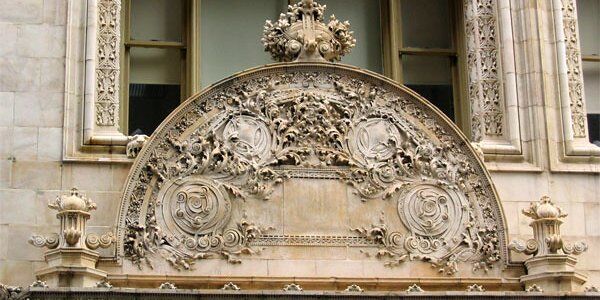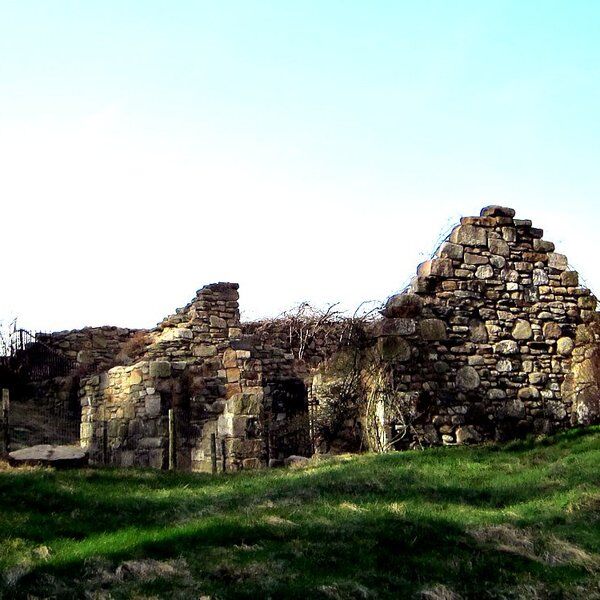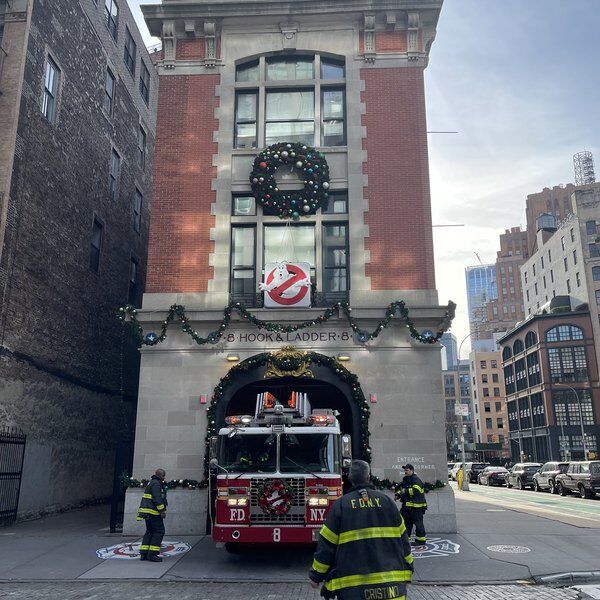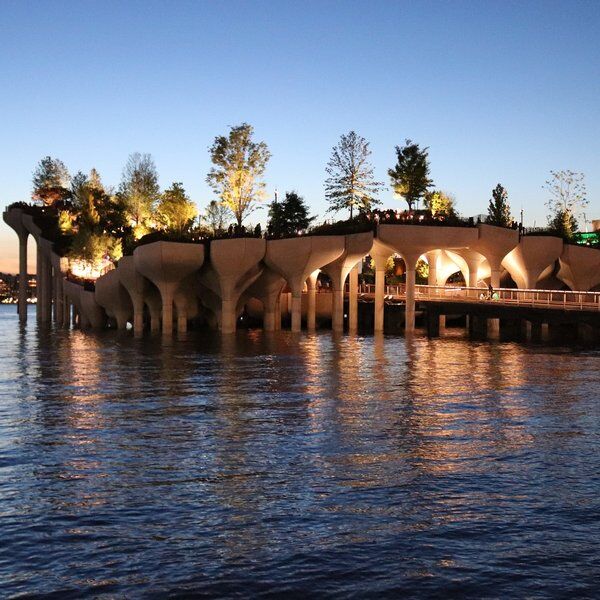
Discover the Bayard-Condict Building
The Bayard-Condict Building occupies a rectangular plot on the north side of Bleecker Street, spanning approximately 8,330 square feet. This 12-story structure with its unique terracotta exterior was designed by Louis Sullivan, the “father of the skyscraper”. It is flanked by landmarks like the Robbins & Appleton Building to the north and the Bleecker Street subway station to the east. After a loss of interest in the mid-20th century, the Bayard-Condict Building, achieved landmark status in 1975 and recognition as a National Historic Landmark in 1976. Restoration efforts in the late 1990s helped to reinstate lost details and preserve Sullivan’s masterpiece.

Louis Sullivan and the Bayard-Condict Building
The Bayard-Condict Building stands on the former location of the Bank for Savings in the City of New York, a prominent financial institution from the early 19th century. However, by the late 1890s, the Bank for Savings initiated foreclosure proceedings due to unpaid loans.
In 1897, the United Loan and Investment Company acquired the property with the intention of creating a modern office building. Louis Sullivan, in collaboration with New York architect Lyndon P. Smith, was the architect targeted with creating this building.
By the time he designed the Bayard-Condict Building, Sullivan was internationally admired and celebrated for developing the Chicago School, which revolutionized skyscraper design in the late 19th century.
The Bayard-Condict Building is the epitome of Sullivan's vision of the skyscraper as a “proud and soaring thing.” Its design reflects his belief that tall buildings should have a unified, organic form, free from classically staggered tiers, used in earlier high-rises.

Creating the Bayard-Condict Building
In partnership with Smith, the building’s plans were submitted to the New York City Department of Buildings in September 1897. The plans outlined a 12-story structure with a fireproof terracotta façade and multiple elevators—a cutting-edge design for its time. However, the New York City Department of Buildings determined that modifications were needed to comply with local building codes, resulting in thicker walls and wider columns than initially planned.
Construction began in December 1897 but financial difficulties plagued the Bayard-Condict Building from the outset. In 1899, the building changed hands multiple times before Emmeline and Silas Condict acquired the property, renaming it after their family. Further setbacks included a fire in 1900 that severely damaged its tenth floor.
Ownership continued to shift throughout the early 20th century, with its name alternately recorded as the "Bayard Building" (possibly for William Bayard Jr., the Bank for Savings' first president or the influential Bayard family) and the "Condict Building." Despite these challenges, it remained a prominent commercial structure. Interestingly, some speculate that these challenges and setbacks deterred Sullivan from future projects in the city.
Mid-20th Century Decline
The building’s steel skeleton allowed for its impressive height, while its white terracotta cladding gave it a bright, striking appearance. But as architectural tastes shifted in the mid-1900s, the Bayard-Condict Building fell out of favor. The terracotta details that defined its design were considered outdated, and work on the ground-level storefronts in the 1960s diminished its aesthetic impact.
It was the loss of these signature Sullivan details that caused the Municipal Art Society and other groups to advocate for the protection of the Bayard-Condict Building. A move that saw the structure receive landmark status.
Late 20th Century Restoration
In the 1990s the Bayard-Condict Building received a makeover. Overseen by Wank Adams Slavin Associates, the $800,000 project included replacing or repairing over 1,200 terracotta tiles and recreating missing architectural details. This included the capitals that had been replaced by aluminium details above the street-level columns in the 1960s. Modern replicas of the column capitals, based on surviving examples, were installed to restore Sullivan's intended design.
The restoration coincided with a renewed interest in the building, as creative industries and office tenants began occupying its spaces. By the early 2000s, it housed tenants like the Andy Warhol Foundation for the Visual Arts and other organizations.

The Bayard-Condict Building Today
Exterior Details
The Bayard-Condict Building's façade is divided into three horizontal sections—base, shaft, and crown—a design common in the Chicago School. The lower two stories feature storefronts framed by ornate columns, while the upper floors are marked by vertical piers and decorative spandrel panels. The top of the building is crowned with six angel sculptures—believed to symbolize the six working days of the week—a signature Sullivan motif.
Interior Features
Inside, the first two stories are dedicated to retail, while the upper floors consist of loft-like spaces supported by a steel frame. These spaces could be divided into smaller offices as needed. The open, light-filled layouts were initially designed for industrial use but have since been adapted for modern office tenants. The mechanical core included elevators, staircases, and utilities.

Visiting the Bayard-Condict Building
Located at 65 Bleecker Street in Manhattan's NoHo neighborhood, the Bayard-Condict Building is easily accessible by public transportation, with the Bleecker Street subway station just steps away. While the building primarily functions as a private commercial space today, people can still come to appreciate the building's ornate architectural details such as the iconic angels.

Beyond the Bayard-Condict Building with CityDays
The Bayard-Condict Building is just one of New York City’s many architectural treasures. CityDays’ scavenger and treasure hunt tours in NYC allow you to uncover more iconic landmarks as well as hidden gems. We also operate all over the world!
Scavenger Hunt tours are a great way to bring family and friends—or even dates and colleagues—together for an afternoon of great fun and adventure, solving clues and snapping photos. Clues will lead you to the big sights and those that you'd walk straight past.
For more information about our New York Hunts then click here: NYC Scavenger & Treasure Hunts | CityDays.














